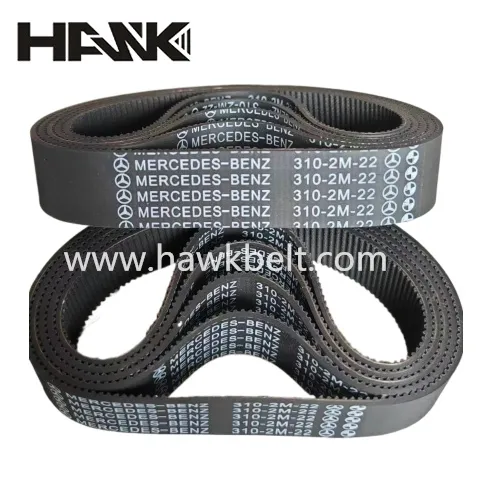- Arabic
- French
- Russian
- Spanish
- Portuguese
- Turkish
- Armenian
- English
- Albanian
- Amharic
- Azerbaijani
- Basque
- Belarusian
- Bengali
- Bosnian
- Bulgarian
- Catalan
- Cebuano
- Corsican
- Croatian
- Czech
- Danish
- Dutch
- Afrikaans
- Esperanto
- Estonian
- Finnish
- Frisian
- Galician
- Georgian
- German
- Greek
- Gujarati
- Haitian Creole
- hausa
- hawaiian
- Hebrew
- Hindi
- Miao
- Hungarian
- Icelandic
- igbo
- Indonesian
- irish
- Italian
- Japanese
- Javanese
- Kannada
- kazakh
- Khmer
- Rwandese
- Korean
- Kurdish
- Kyrgyz
- Lao
- Latin
- Latvian
- Lithuanian
- Luxembourgish
- Macedonian
- Malgashi
- Malay
- Malayalam
- Maltese
- Maori
- Marathi
- Mongolian
- Myanmar
- Nepali
- Norwegian
- Norwegian
- Occitan
- Pashto
- Persian
- Polish
- Punjabi
- Romanian
- Samoan
- Scottish Gaelic
- Serbian
- Sesotho
- Shona
- Sindhi
- Sinhala
- Slovak
- Slovenian
- Somali
- Sundanese
- Swahili
- Swedish
- Tagalog
- Tajik
- Tamil
- Tatar
- Telugu
- Thai
- Turkmen
- Ukrainian
- Urdu
- Uighur
- Uzbek
- Vietnamese
- Welsh
- Bantu
- Yiddish
- Yoruba
- Zulu
Aug . 06, 2024 05:24 Back to list
Understanding the Functionality and Design of Conveyor Belt Teeth in Industrial Applications
Understanding Conveyor Belt Teeth Critical Components of Material Handling Systems
Conveyor belts have become an indispensable part of modern material handling systems across various industries. They serve to transport materials efficiently, reducing labor costs and increasing productivity. However, one often overlooked aspect of conveyor belts is their teeth—specialized features designed to enhance performance and functionality. Understanding the role of conveyor belt teeth can significantly improve the efficacy of these systems.
Conveyor belt teeth, or drive lugs, are projections found along the surface of a conveyor belt. They play a crucial role in facilitating the movement of materials by enhancing grip and preventing slippage. The design and arrangement of these teeth can vary widely depending on the specific application, the type of materials being transported, and the working environment. For instance, in applications where steep inclines or declines are involved, teeth with aggressive profiles are typically used to ensure that materials remain in place during transit.
The material composition of conveyor belt teeth is just as critical as their design
. Typically, these teeth are manufactured from durable, abrasion-resistant materials such as rubber, polyurethane, or reinforced plastics. The choice of material affects the performance and longevity of the teeth, and it is essential to select the right material based on the nature of the materials being handled. For instance, corrosive or high-temperature environments may require specialized materials that can withstand extreme conditions without degrading.conveyor belt teeth

Another vital aspect to consider is the spacing and configuration of the teeth. Conveyor belts can be designed with various tooth patterns, including continuous, segmented, or independent lugs. The tooth configuration significantly impacts the belt’s performance by influencing how effectively it can engage with the material being transported. For example, closely spaced teeth can enhance grip but may also increase wear and tear on the belt, while wider spacing can reduce friction but might lead to slippage.
Proper maintenance of conveyor belt teeth is also critical to ensure optimal performance. Regular inspections should be conducted to check for signs of wear, damage, or misalignment. Worn-out or damaged teeth can lead to significant operational issues, including inefficient material transfer, increased energy consumption, and potential safety hazards. Therefore, timely replacement and maintenance of these components are crucial to prolonging the conveyor belt's lifespan and ensuring safety in the workplace.
The advancements in technology have also contributed to the evolution of conveyor belt teeth design. Modern manufacturing techniques, such as 3D printing and computer-aided design, allow for the creation of highly specialized teeth that are tailored to specific applications. These innovations enable manufacturers to optimize the characteristics of conveyor belt teeth, delivering improved performance and efficiency. Additionally, the integration of smart technologies, such as sensors and monitoring systems, allows for real-time tracking of wear and performance metrics, enabling proactive maintenance strategies.
In conclusion, while often overshadowed by broader conveyor belt technologies, the design and functionality of conveyor belt teeth are paramount to the success of material handling operations. From their materials and configurations to their maintenance and technological integration, every aspect is crucial in enhancing grip, preventing slippage, and ensuring a seamless flow of materials. By understanding and prioritizing the significance of conveyor belt teeth, industries can boost operational efficiency and minimize unexpected downtimes, ultimately fostering a more productive work environment. As technology continues to evolve, further innovations in this area will undoubtedly lead to even greater advancements in conveyor belt performance.
-
Upgrade Power Steering Pump Belt for Smooth, Quiet Operation
NewsAug.27,2025
-
Precision Timing Belt & Chain: Engine Performance & Durability
NewsAug.26,2025
-
Precision Lathe Drive Belts: Durable & Reliable Performance
NewsAug.25,2025
-
84.5 Serpentine Belt: Durable & Precision Fit for Your Engine
NewsAug.24,2025
-
Premium Ribbed Drive Belts for Quiet Power Transmission
NewsAug.23,2025
-
High-Performance Vehicle Timing Belt for Engine Precision
NewsAug.22,2025

